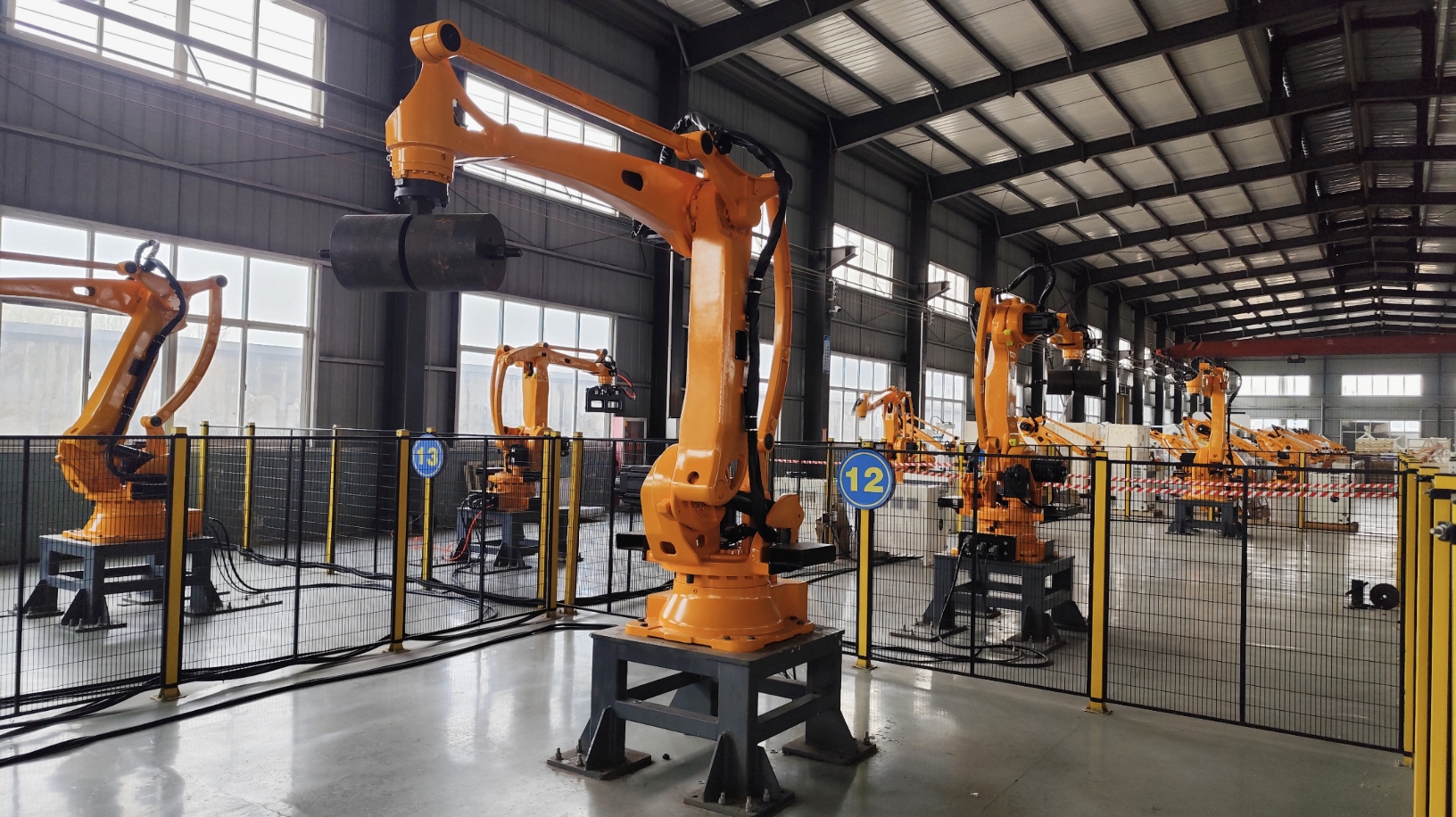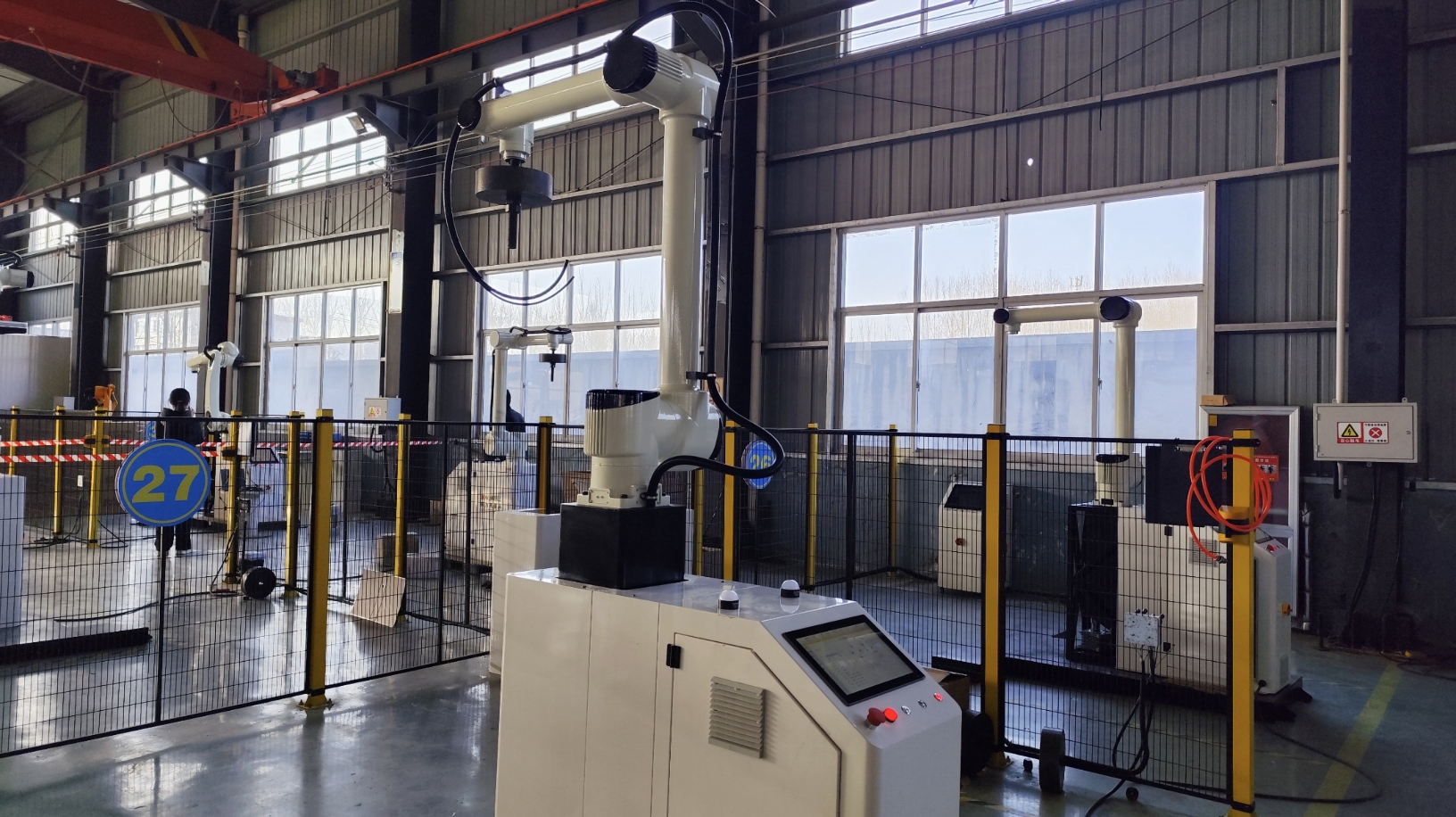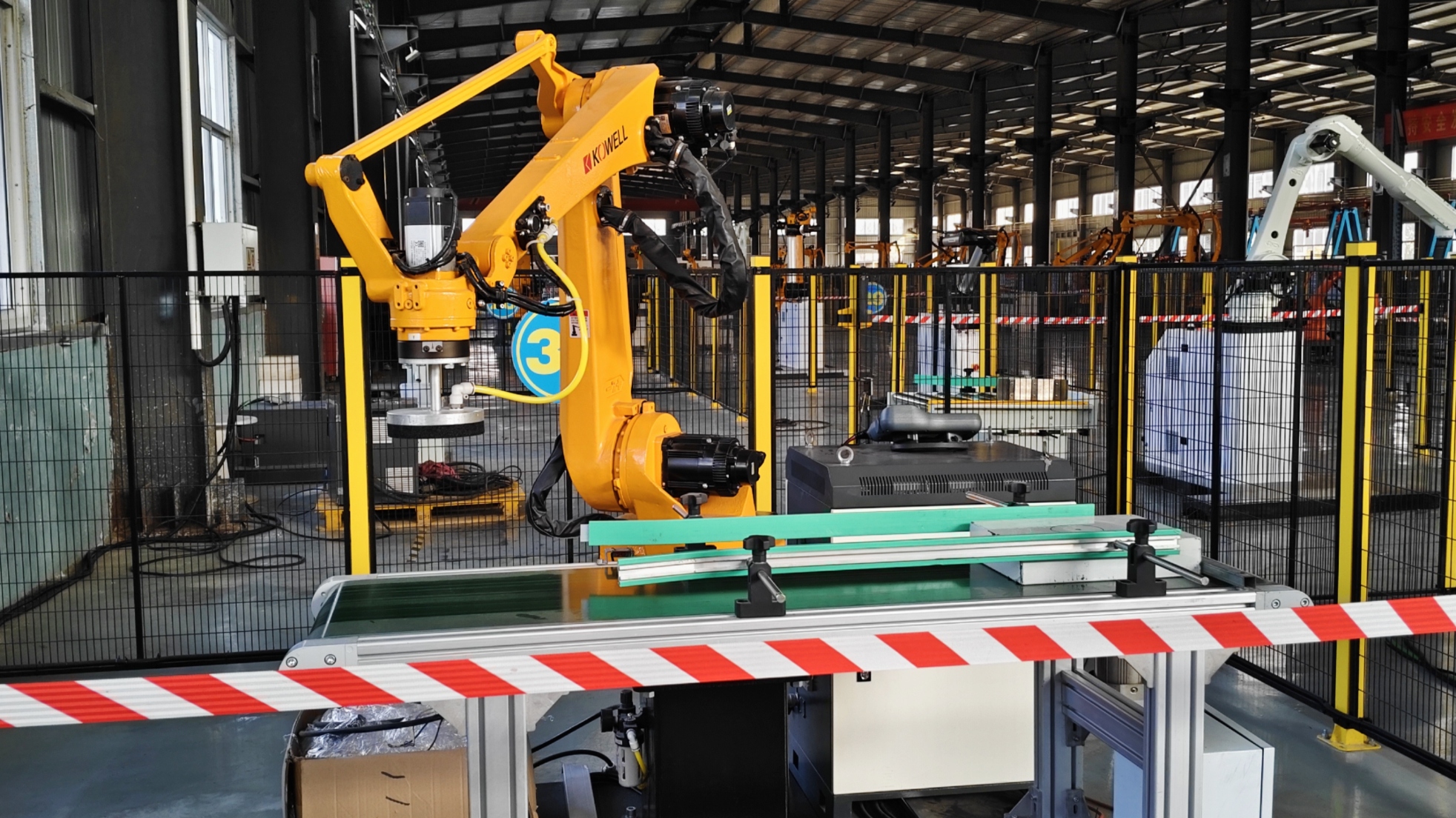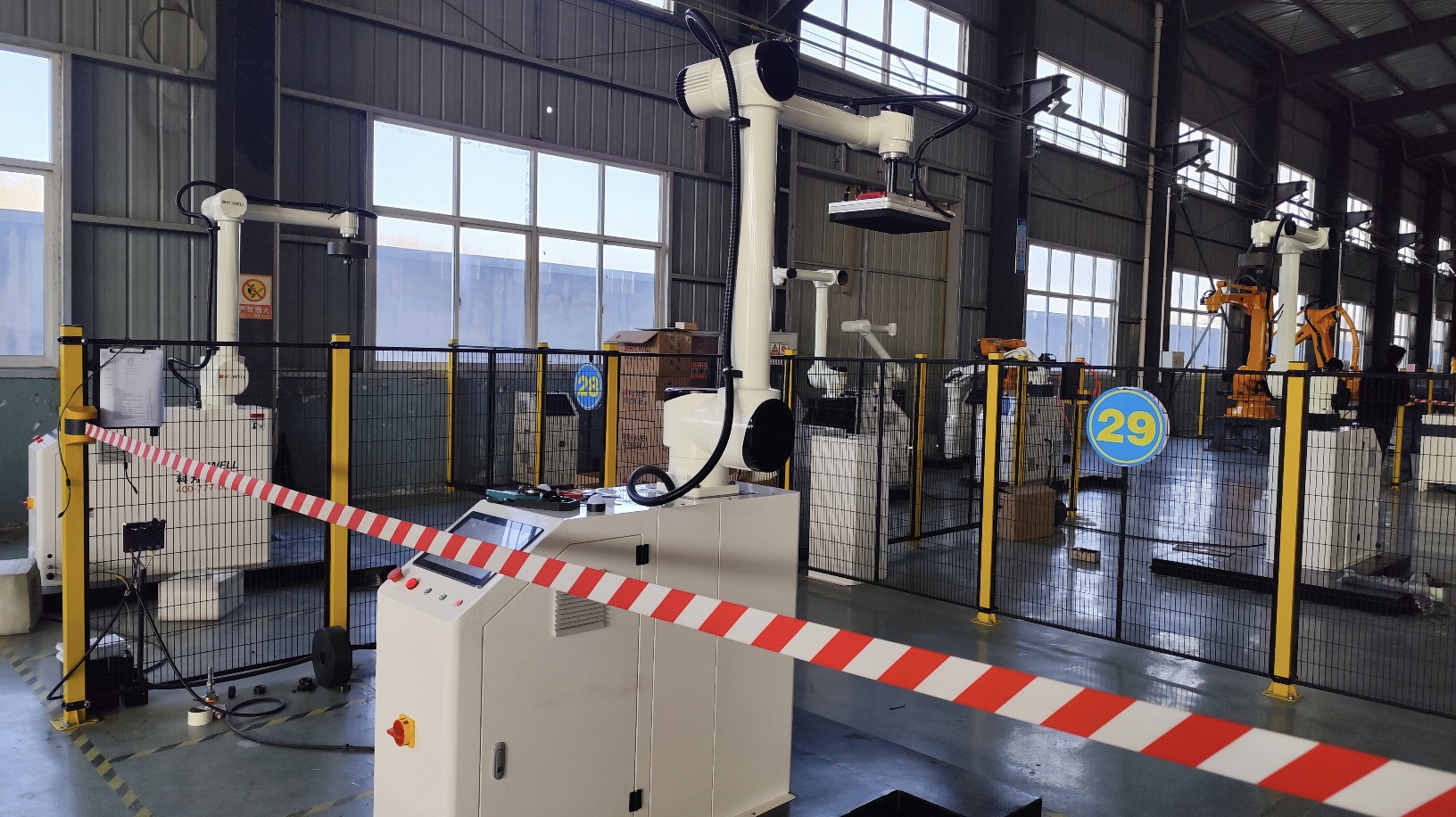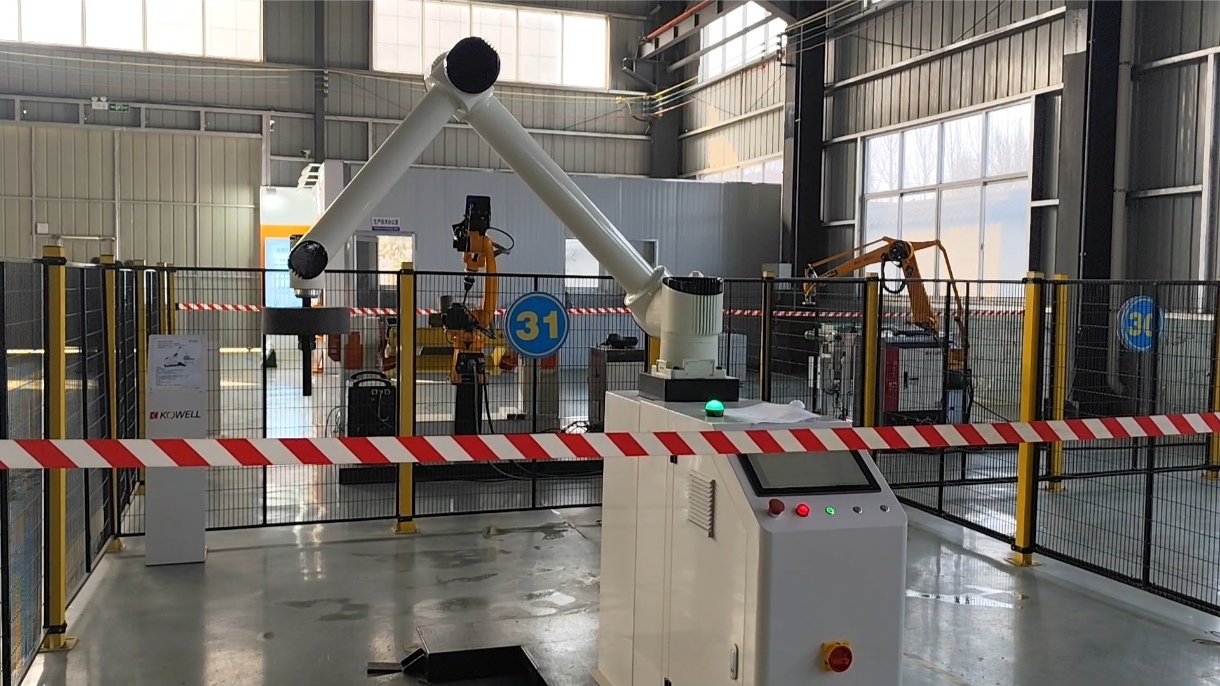In modern industrial production, the trend of intelligence and flexibility is becoming more and more prominent, and the six-degree-of-freedom robotic arm, as one of the core technologies, is profoundly changing the production mode of the manufacturing industry. From traditional production lines to high-precision operations, from heavy-load handling to accurate welding, this highly flexible automation equipment is driving the manufacturing industry towards a new stage of intelligent manufacturing.
Technical features of six-degree-of-freedom robotic arm
The six-degree-of-freedom robotic arm, that is, a robotic arm with six independent motion axes, can achieve complex movements in three-dimensional space, including translation, rotation, and multi-angle combination operations. Its core technical features include:
High degree-of-freedom movement ability: Its human-like characteristics give it good flexibility, and the coordination and cooperation between multiple axes can complete more responsible path operations and accurate operations.
Accurate control system: Through the cooperation of advanced servo drives and various sensors, the smooth operation and accurate control of the robot arm are realized.
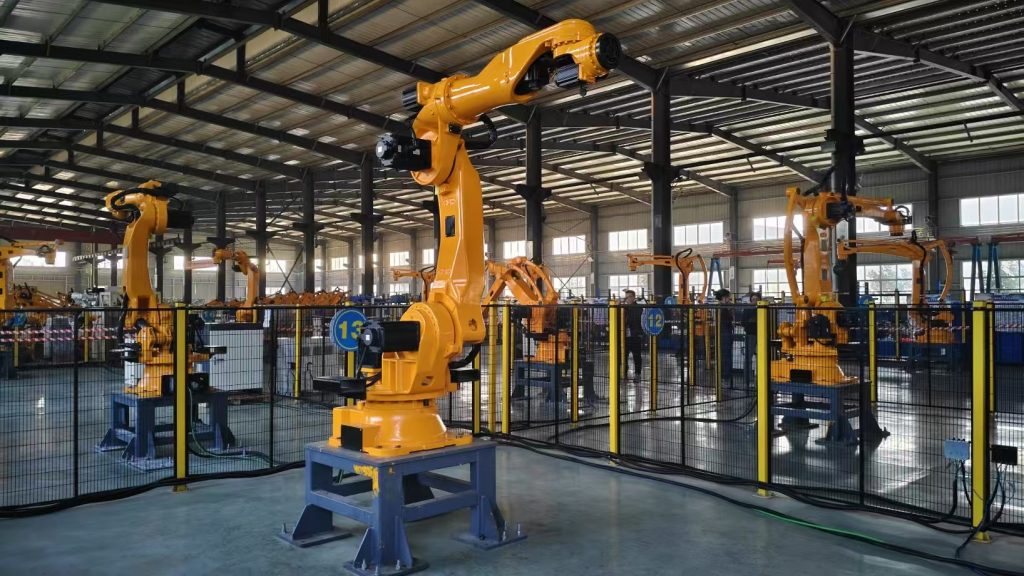
Application scenarios: from manufacturing to future technology
The high flexibility of the six-degree-of-freedom robotic arm makes it popular in many fields.
1.High-precision manufacturing
In high-precision manufacturing fields such as electronics and semiconductors, six-degree-of-freedom robotic arms can complete tasks such as welding and other tasks. For example, during the material welding process, the robotic arm accurately locates the welding position through the cooperation of sensors to improve the yield rate.
2.Flexible production line
Traditional assembly line production often lacks flexibility, while the programmable characteristics of the six-degree-of-freedom robotic arm enable it to quickly adapt to the processing needs of different workpieces. In some manufacturing industries, with specific end effectors, it can perform tasks such as welding, handling, and spraying, which not only reduces the debugging time but also improves production efficiency.
3.Operation in hazardous environments
In some fields with harsh working environments, such as chemical, pharmaceutical, and heavy industries, high temperature, high radiation, toxic gases, and high corrosiveness are not suitable for operators to stay or stop. After programming, the robotic arm can operate autonomously and perform tasks in these hazardous environments.
4.Intelligent logistics and warehousing
In intelligent warehousing systems, six-degree-of-freedom robotic arms, combined with visual recognition technology, can efficiently complete tasks such as item sorting, handling, and stacking, improve the level of logistics automation, and reduce labor costs.
Empowering intelligent manufacturing and improving corporate competitiveness
The six-degree-of-freedom robotic arm not only improves production efficiency and enhances the flexibility of the production line, but is also the key to the company's automation transformation and improving its competitiveness.
1.It improves the company's production flexibility, reduces the adjustment time and cost of the production line, and improves the adaptability. It can quickly respond to changes in production modes for different production tasks, especially suitable for small batch and multi-variety production modes, and can respond to market changes more agilely.
2.Optimize production rhythm, reduce downtime, improve product quality, and reduce defective rates. This is not only an improvement in efficiency but also a reduction in production cost losses.
The future development direction of the six-degree-of-freedom robotic arm
The six-axis degree-of-freedom robotic arm has emerged in many industries and demonstrated its dominant position, but its technological development has a broader development space with the advancement of today's science and technology and human needs.
Human-machine collaboration optimization With the advancement of collaborative robot technology, industrial automation robotic arms will be safer and more friendly, able to work with humans, rather than just replacing humans.
Multi-arm collaborative system In the future manufacturing environment, the collaborative operation of multiple robotic arms will become a trend. For example, on the production line, multiple robotic arms work together to complete complex tasks and improve the flexibility and efficiency of automated production.
Conclusion
As an important component of intelligent manufacturing, the six-degree-of-freedom robotic arm accelerates the upgrading of industrial automation with many intelligent equipment. From manufacturing to logistics, the application scenarios are constantly expanding. As an important cornerstone of flexible manufacturing. With the continuous breakthrough and advancement of high-tech technologies such as intelligent algorithms and human-machine collaboration technology, it will play an important role in more industries and help more companies achieve automated production.
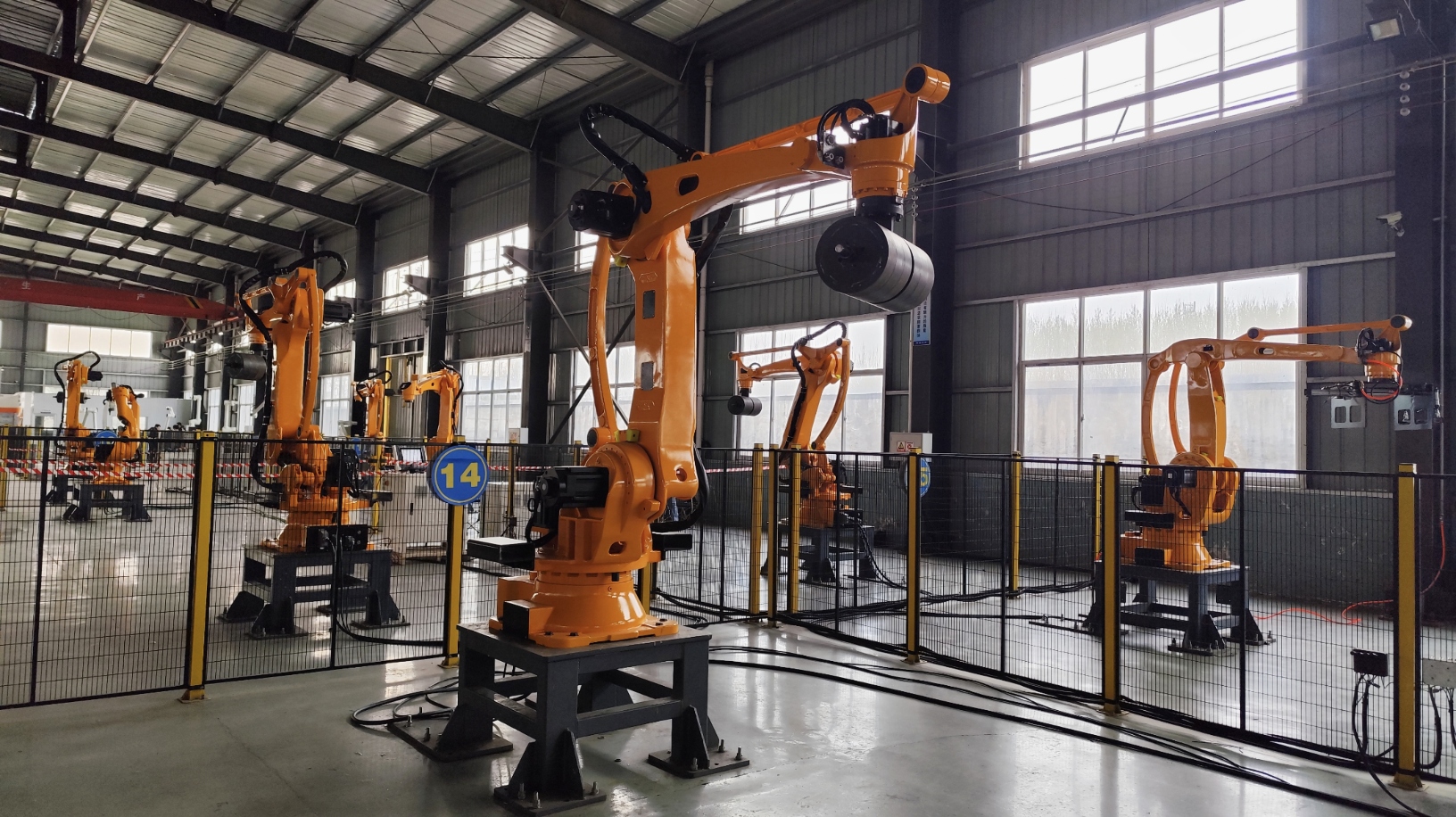
Online Consultation
Hello, the current customer service is offline. You can leave your contact information and the staff will respond to you as soon as possible!


